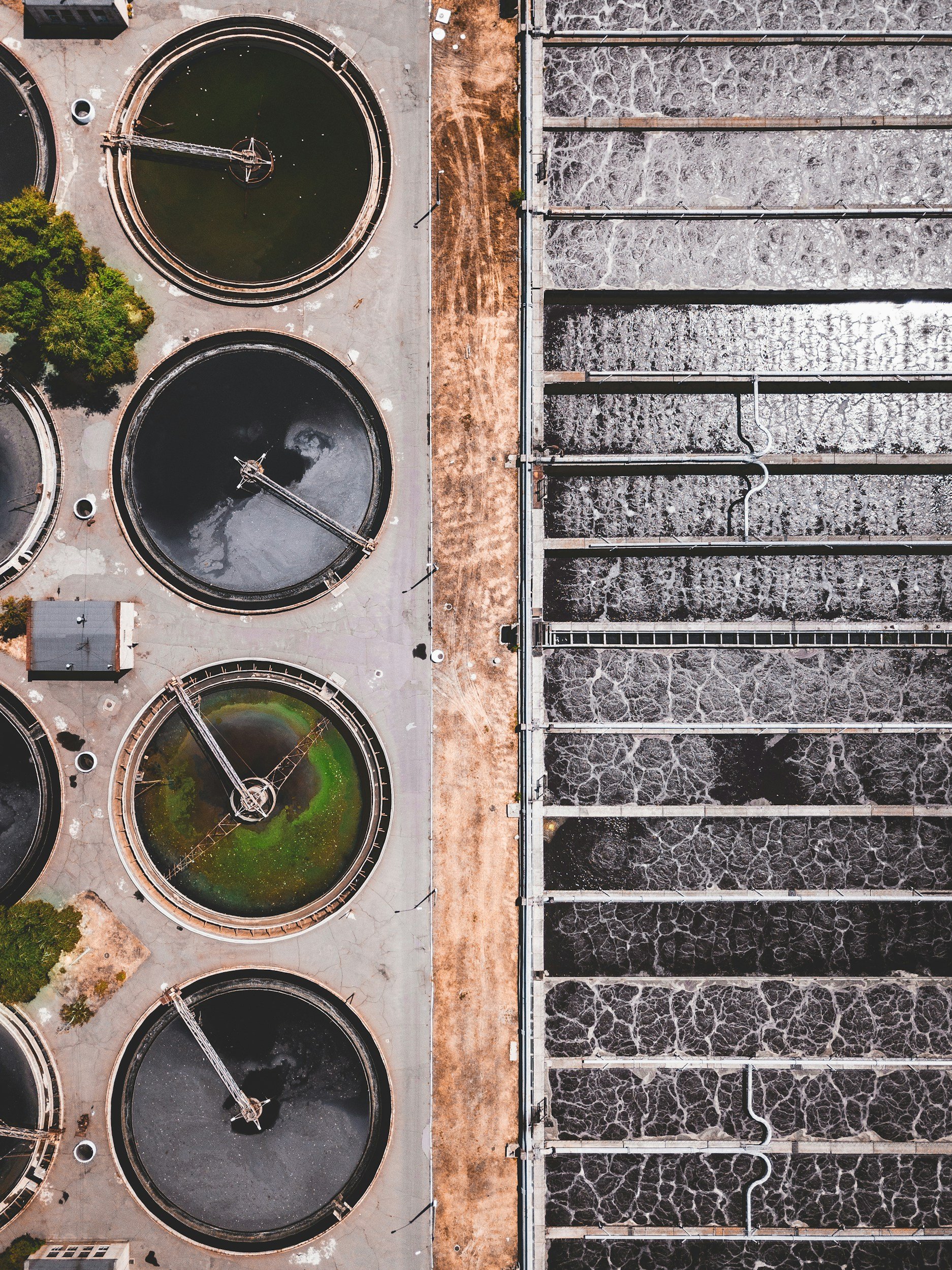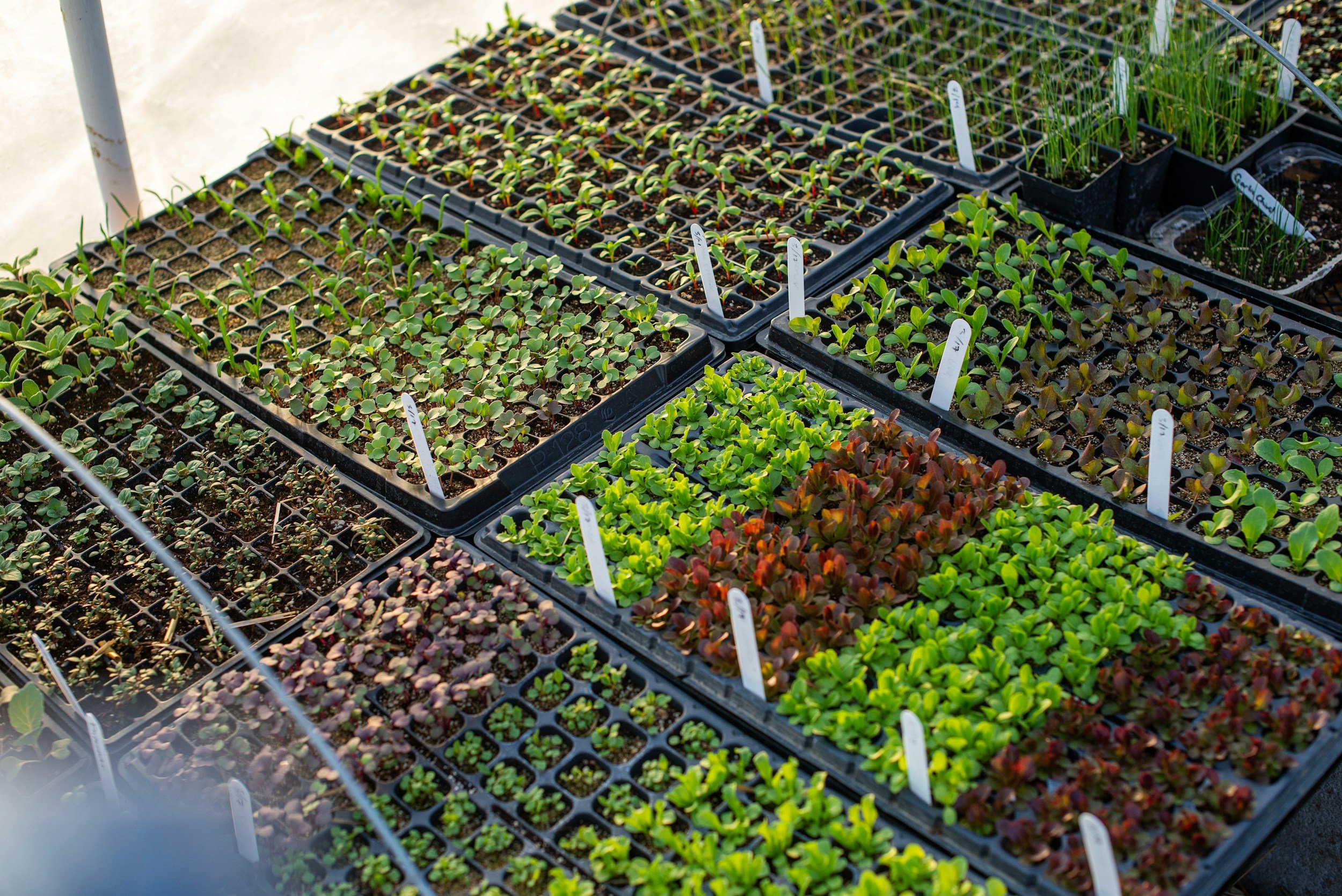
The Power of Space in Community Healing (part 6 of 6)
Stewardship of life extends beyond our relationships with animals—it includes our responsibility to the planet. Traditional cremation releases carbon emissions and particulate matter, contributing to environmental degradation (Herring, 2020). Aquamation, an eco-conscious alternative, aligns with the values of pet owners who seek a final act of care that respects both their beloved companions and the earth. As awareness grows, communities that embrace aquamation set new standards for sustainable aftercare.

The Ripple Effect: When One Compassionate Choice Inspires Another
From the generosity of organized giving days in the community to the ongoing stewardship of pet owners providing care through every stage of life, these choices shape a more compassionate world. Thoughtful end-of-life decisions for pets, such as choosing aquamation or donating supplies to shelters, are not just final acts of love; they set an example for others, reinforcing a culture of care and responsibility. Studies show that witnessing generosity encourages people to engage in similar behaviors, creating a chain reaction of kindness

A Final Act of Love: Honoring Pets Through Thoughtful End-of-Life Choices
End-of-life care decisions, from veterinary support to aftercare options, allow pet owners to ensure their animal’s final moments are filled with comfort, dignity, and peace. Thoughtful planning—whether it’s choosing in-home euthanasia, selecting a sustainable aftercare method like aquamation, or creating a meaningful farewell—can provide closure and honor a pet’s lasting impact.

Listen to Your Heart, Not Your Habits
In the FM area, pets are often cherished as family. We adopt thousands of cats and dogs every year; we buy them food, take them to veterinarians, groom them, walk them, and love them. Which makes saying “goodbye” often quite difficult and the end-of-life choices we make for them carry deep emotional weight. Many of us default to familiar practices in high-stress times, such as choosing flame-based cremation, because we feel more comfortable what is known compared to what is new. But, as many people’s values shift toward sustainability, perhaps it’s worth asking: Are our habits aligned with our hearts?

The Heart of Sustainability: Small Changes, Big Impact
Flame-based “traditional” cremation, while widely used, has a notable environmental impact. Data varies, but estimates range between 80-230 lbs of CO₂ are released into the atmosphere with each animal cremation; assuming 155 lbs of CO₂ per animal (average) coupled with the data-driven estimate of 8,000 annual deaths of dogs and cats in the Fargo-Moorhead area, that could result in 124,000 lbs of CO₂ emissions from pet cremation just in our region every year. On a national (US) level, more than 350,000 tons of CO₂ are emitted by the pet cremation industry in the United States (Environmental Protection Agency, 2023). These emissions add to the already significant carbon footprint of pet ownership.

Understanding Aquamation: A Gentle Choice for a Greener World
When it comes to saying goodbye to a beloved pet, many families seek options that reflect their values, including environmental responsibility. Aquamation, also known as alkaline hydrolysis, offers a gentle and sustainable alternative to traditional cremation and burial. With its reduced environmental footprint and dignified process, aquamation is quickly becoming a preferred choice for eco-conscious pet owners.

Global Fertilizer Shortage: The Benefits of Nutrient Recycling & Closing the Loop with Aquamation
Nutrient recycling is a critical process in sustainable farming and environmental stewardship. It allows for the reuse of essential nutrients, reducing the need for synthetic fertilizers and minimizing waste. One emerging method that fits into this model is aquamation, also known as alkaline hydrolysis. Aquamation’s ability to produce nutrient-rich wastewater could provide an eco-friendly way to “close the loop” by returning essential nutrients back to the soil.

Global Fertilizer Shortage: Understanding the Nutrient Makeup of Aquamation Wastewater
The process of aquamation breaks down the organic matter of the body using water, heat, and an alkaline solution. As a result, the wastewater contains essential nutrients such as nitrogen, potassium, and phosphorus—key elements needed for healthy plant growth. Nitrogen helps plants grow strong stems and leaves, phosphorus supports root development, and potassium enhances overall plant health. These nutrients make the wastewater an intriguing candidate for use as a liquid fertilizer

Global Fertilizer Shortage: Sustainable Farming and the Future of Agriculture
One of the key principles of sustainable farming is the use of natural resources in a way that doesn’t deplete them for future generations. This means finding alternatives to synthetic fertilizers, which are energy-intensive to produce and contribute to soil degradation over time (Kremen & Miles, 2012).

Why Choose Aquamation for Your Pets
Making the choice for aquamation is multi-factorial; here are some benefits.

